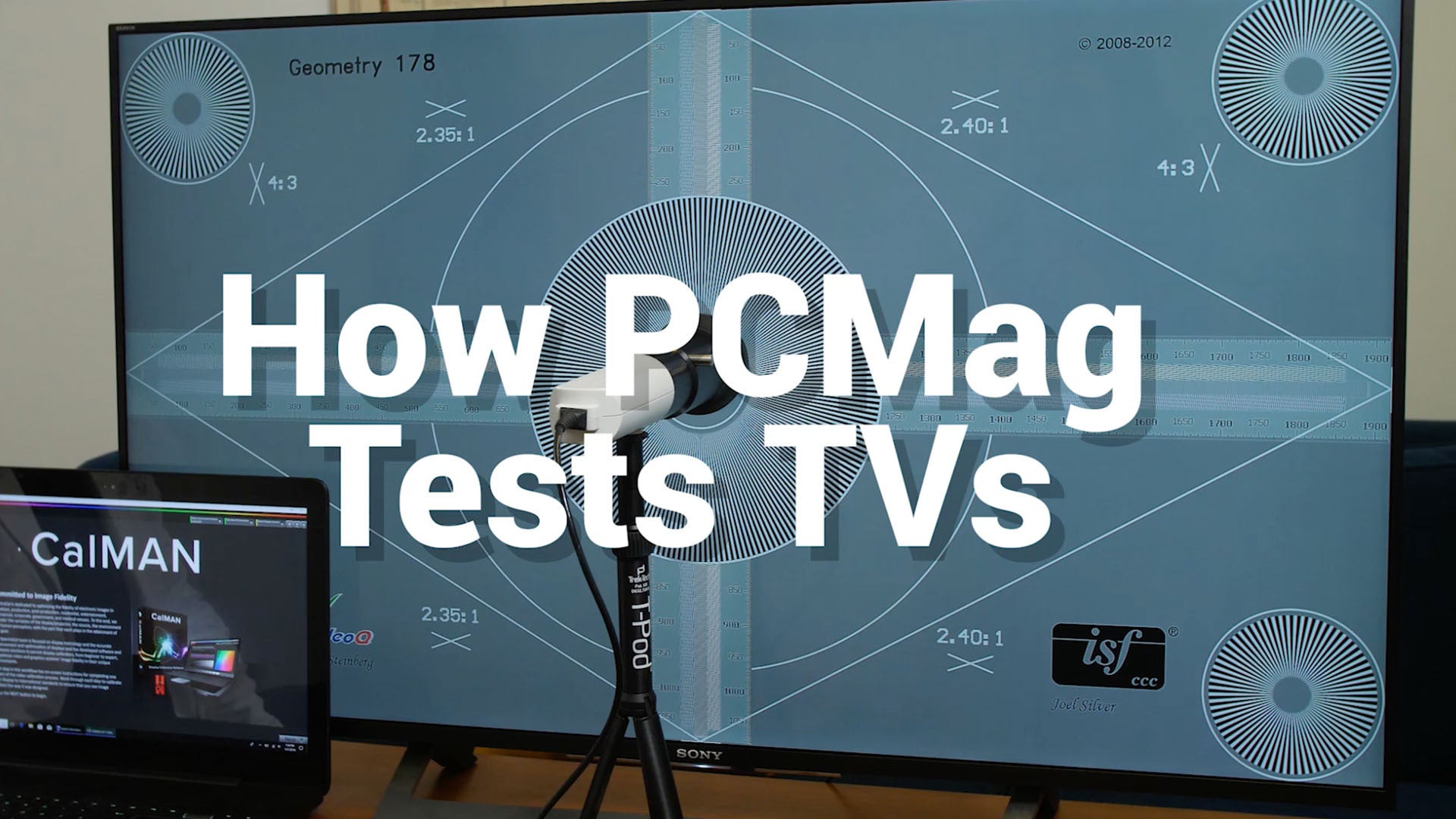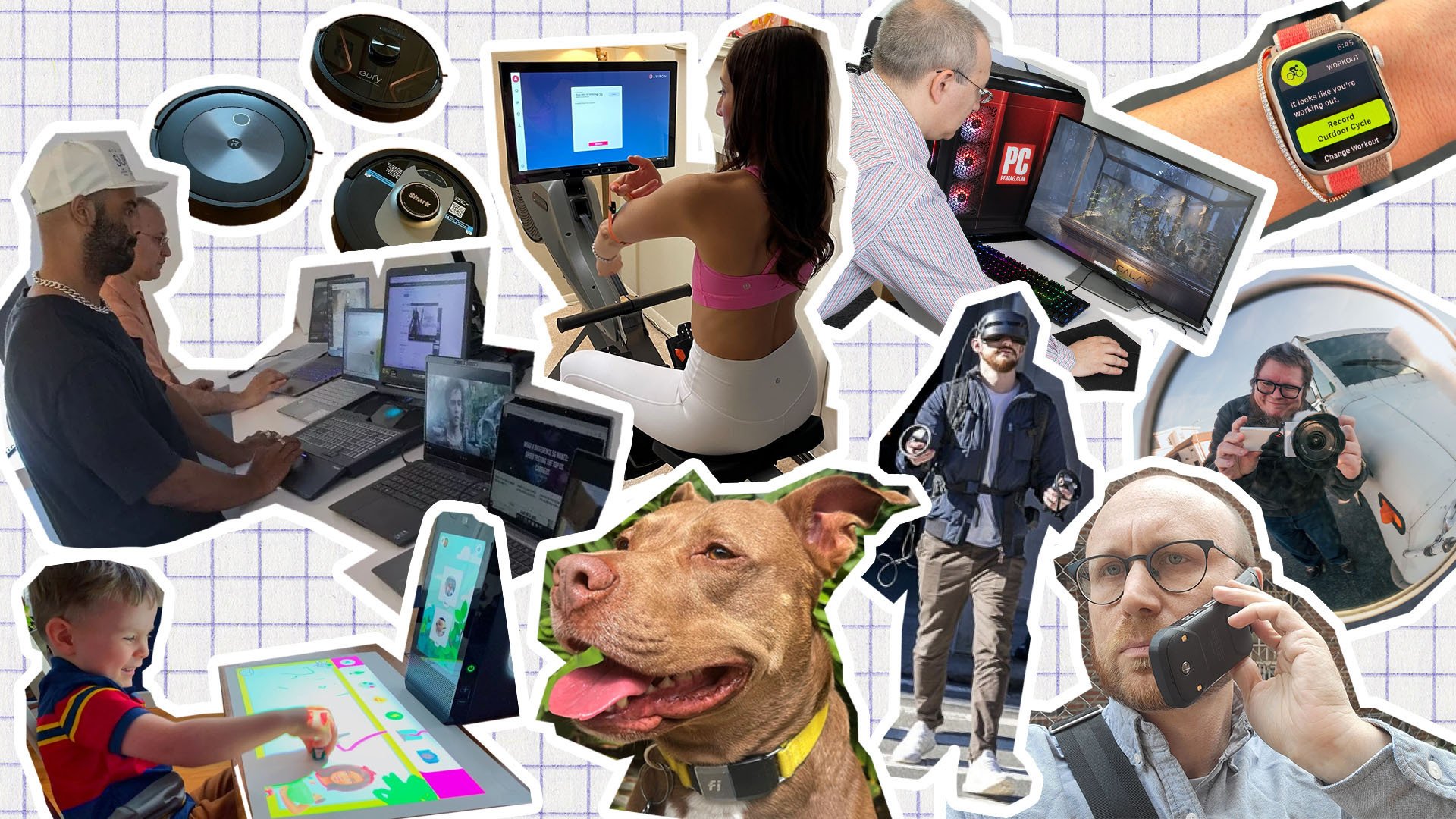PCMag’s core mission has been to help you make better buying decisions and get more from technology by delivering independent reviews of the latest products and services. We've been testing, rating, and recommending technology products based on lab testing for more than 40 years. The rigorous, repeatable testing of more than 1,500 products each year is what gives us the best handle on the full range of the market, and has always set us apart from our competitors.
Shortly after PC Magazine was born in 1982, PC Labs, a mammoth testing lab in New York City, was built. It has taken a variety of forms over the decades, including a 1990s stint associated with Ziff Davis Benchmark Operations (ZDBOp), a division of PCMag’s then-privately held mother company Ziff Davis. In its time, ZDBOp was a key player in the computing industry, devoted to advances in the art of benchmarking and creating tools for the industry to use in assessing PC performance. This was at a time when the early waves of PC clones had come roaring through the market, and the templates for personal computing as we know it today were being cut.

PC Labs has housed, at times, more than 30 technology testers sitting together in that giant temperature-controlled room complete with anti-static flooring, dozens of benches with test beds, running benchmarks on desktops, laptops, PC peripherals and components, so that writers and editors could craft reviews to print in a twice-monthly magazine.
As the technology landscape has evolved, so has our testing. Now, in addition to all forms of PC hardware and software, we cover the full range of consumer technology including categories like smart home devices, digital health and fitness gear, and electric vehicles, all of which require out-of-lab testing. The core of PC Labs still remains in our New York offices, but our testing expertise is far more diffuse, spread across a team of more than 50 analysts, editors, reporters, and contributors across the United States and overseas.

 How PCMag Tests TVs
How PCMag Tests TVs
Combined, PC Labs’ on-staff analysts and key contributors can claim, conservatively, more than 600 years of combined experience in their fields. (Add them all together, and you're contemporary with the Middle Ages, the Byzantine empire, and the Incas.) How much actual testing is that? To take just a simple example: We rate and review about 200 laptops and desktops each year, and each gets a dozen or more benchmark tests, that translates to around 2,500 annual tests run on PCs alone. Data for analysis and product comparisons is not in short supply.

Benchmarks & Beyond: Our Process
When evaluating products, repeatable, defensible benchmark and experiential testing is at the core of what we do. Wherever feasible, these processes are based on step-by-step scripts, exhaustively vetted for meaningful, consistent results. Sometimes, such as in cases of display testing, we use advanced, industry-standard measuring equipment to supplement our findings. In addition, some testing categories are anchored by testbed computers that we use over and over for consistency of results. (They are refreshed, and key products are retested on the new testbeds, when industry changes demand it.)

Likewise, our scripts are often revised to match current trends in consumer/business PCs and related gear, and follow changes in core technology. When a script changes, products are only directly compared with other products tested on the same script, under the same conditions, for comparability of results.

Some of our benchmarking tools are industry standards. For PC testing, for example, the core of our benchmark suite is based on highly regarded tools from Underwriters’ Lab (UL, formerly Futuremark), supplemented heavily by repeatable, usage-representative tests from a host of other sources. In some cases, these tests are internally derived and designed.
Testing in the Real World
Benchmarks and performance numbers only take you so far in finding the right technology. It's important to evaluate factors like value, features, and what it's actually like to use that camera phone in a dim restaurant, wire that video doorbell, or configure that VPN. Luckily, our reviewers rate more products than anyone else, so they're uniquely positioned to give you the full scoop, along with a close look at the competition so you can easily compare all the products you're considering.

How We Rate the Products We Test
Here's our rating scale and what our numerical ratings mean:
5 - Exemplary
Near perfection, ground-breaking
4.5 - Outstanding
Best in class, acts as a benchmark for measuring competitors
4 - Excellent
A performance, feature, or value leader in its class, with few shortfalls
3.5 - Good
Does what the product should do, and does so better than many competitors
3 - Average
Does what the product should do, and sits in the middle of the pack
2.5 - Fair
We have some reservations, buy with caution
2 - Subpar
We do not recommend, buy with extreme caution
1.5 - Poor
Do not buy this product
1 - Dismal
Don’t even think about buying this product
Our team also gives awards to exceptional products and services we've tested, including our coveted Editors' Choice, our highest recommendation, which is widely recognized as a trusted symbol for both buyers and sellers.
A Note About Ethics
We believe it's essential for our audience to understand how our company earns money. The following statement is at the top of every story on our site:
PCMag editors select and review products independently. If you buy through affiliate links, we may earn commissions, which help support our testing.
The editorial team, however, does not handle affiliate commissions in any way. Our reviewers do not know how a particular story is monetized and do not receive any of the commission earned. Reviewers are paid for their work and do not earn bonuses. Sponsored articles exist on this website, but are disclosed as such.
Companies, even those with affiliate relationships with PCMag, or are owned by our parent company do not have any input into review scores or outcomes, and our writers have a collective bargaining agreement that disallows pay-for-play writing. For more, read our editorial mission statement.
The variety of lab and real world testing processes requires an article for each major category we cover, just to scratch the surface of what we do, day in and day out. Scan below for more detailed dives by category into how we test everything we review.
PCs & Core Components

PC Peripherals & Displays

Mobile Phones & Cameras

How We Test Bluetooth Headsets
How We Test Cellular Modems and Hotspots
How We Test Digital Cameras and Lenses
Smart Home & Fitness Gear

How We Test Smart Home Devices
How We Test Smart Fitness Equipment
A/V Gear

How Noise-Cancelling Headphones Work (and How We Test Them)
Software & Services

How We Test Antivirus and Security Software
How We Test VPNs
How We Collect Malware for Hands-On Antivirus Testing
How We Test Web Hosting Services
Get Our Best Stories!
This newsletter may contain advertising, deals, or affiliate links. Subscribing to a newsletter indicates your consent to our Terms of Use and Privacy Policy. You may unsubscribe from the newsletters at any time.
Thanks for signing up!
Your subscription has been confirmed. Keep an eye on your inbox!
Sign up for other newsletters


 (PCMag)
(PCMag)










